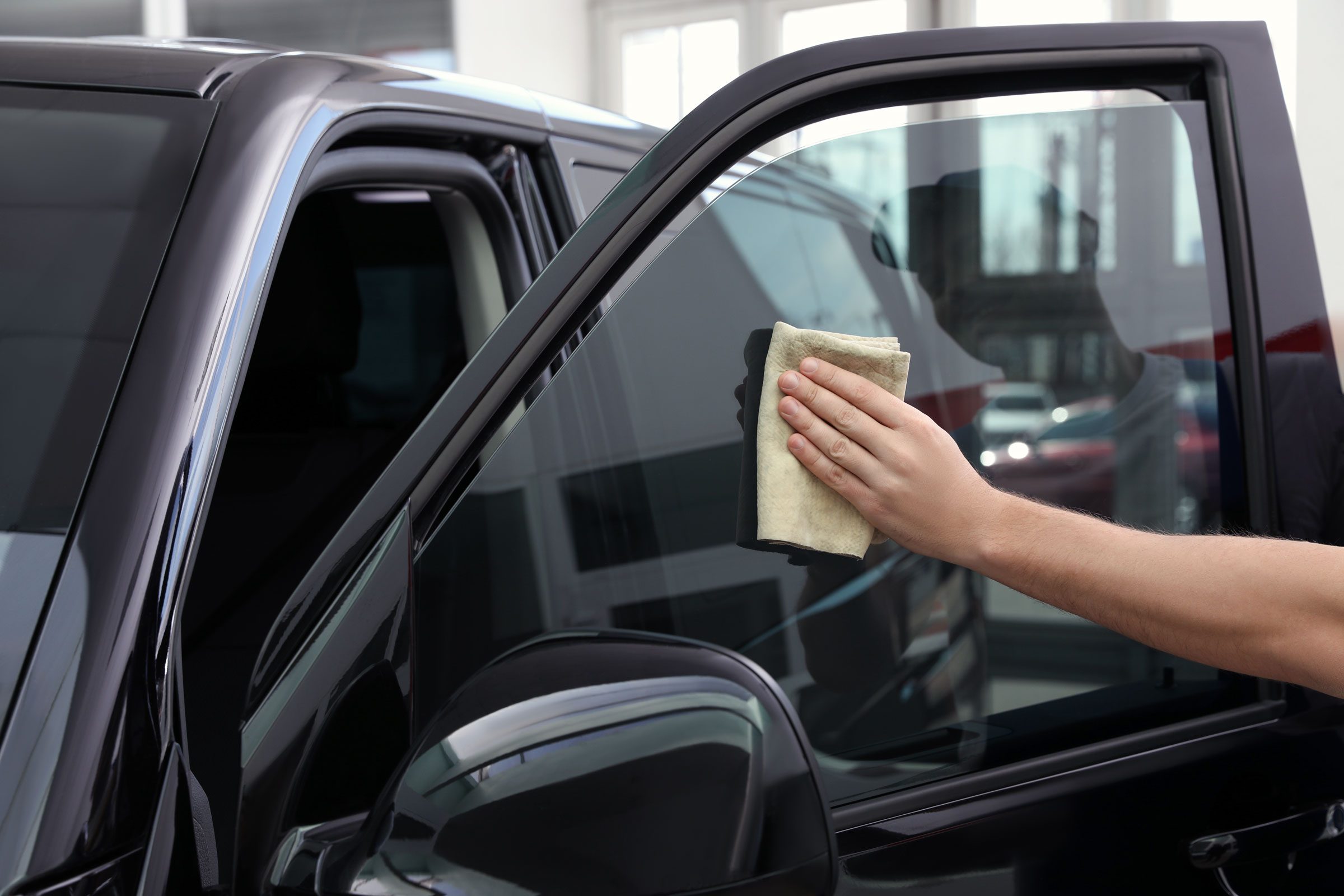Your Comprehensive Guide to Do It Yourself Home Window Tinting: Idea
Undertaking a DIY window tinting task presents an opportunity to enhance both the performance and visual appeals of your room. Before beginning on this endeavor, it is vital to browse the intricacies of regional tinting regulations and pick a proper movie that aligns with your goals.
Recognizing Window Tinting Laws
Navigating the intricate landscape of home window tinting laws is essential for any kind of DIY fanatic seeking to boost their car's aesthetic appeals and convenience. Each state in the U.S. has specific laws concerning the allowed degrees of tint on different windows, which can considerably affect your decision-making process.
Usually, these legislations determine the optimum permitted Visible Light Transmission (VLT) percentage, which describes the quantity of light that can pass through the tinted home windows. As an example, some states allow just a certain portion of color on the front windshield, while allowing darker shades on back home windows. Compliance with these policies is crucial, as failure to stick can cause penalties or the need to eliminate the color entirely.
In addition, there are often distinctions in between traveler cars and commercial vehicles, with various regulations relating to each group. It's a good idea to consult your regional Department of Electric motor Cars or comparable authority to gather precise details tailored to your location. Understanding these laws not only ensures legal conformity but additionally enhances safety and security by preserving visibility and preventing possible threats while driving.
Selecting the Right Tint Film
Picking the ideal color film is an essential action in the DIY window tinting procedure, as it straight affects both the appearance and capability of your automobile's windows. Several factors should assist your choice, including the sort of movie, its legal conformity, and your desired results.
First, think about the different kinds of tint movies readily available: colored, metalized, ceramic, and hybrid. Metalized films offer boosted warmth denial and durability however can conflict with digital signals.
Next, make sure that the movie complies with neighborhood policies worrying visible light transmission (VLT) portions. Conformity with these laws is vital to avoid fines and make certain security.
Essential Devices for Do It Yourself Tinting
Having picked the ideal tint movie for your windows, the following step includes collecting the needed devices to make certain an effective installment. The key devices you will certainly require consist of an energy knife or a razor blade, which is crucial for reducing the color film to the wanted dimension. A squeegee is also important, as it helps remove air bubbles and smooth out the movie throughout application.

In addition, take into consideration using a warmth weapon or hairdryer, as this can aid mold the color movie to the contours of the home window and help with adherence. Finally, handwear covers are recommended to avoid fingerprints on the film during installment. By gathering these vital devices, you will certainly be well-prepared to tackle your DIY window tinting job effectively.
Step-by-Step Application Refine
Begin by extensively cleansing the window surface to guarantee ideal bond of the color movie. Make use of a glass cleaner and a lint-free towel to eliminate any kind of dirt, dust, or oil. As soon as the home window is tidy, measure the color film versus the home window, permitting a mild overlap on all sides. Cut the movie accordingly with a sharp utility knife for an accurate fit.
Lightly spray the window surface area and the adhesive side of the film. Thoroughly align the movie with the top of the home window, ensuring it is directly. Make use of a squeegee to smooth the film, using company, also stress.
Trim any kind of excess film from the sides with your energy blade. Ultimately, permit the color to cure for at least 24 hours without pop over to this web-site rolling down the home windows. This step is critical for making certain a durable application. Adhere to these actions diligently for optimal results in your DIY home window tinting project.
Upkeep and Treatment Tips

It's suggested to wait at the very least a week after setup before cleansing your home windows to permit the sticky to totally cure. Throughout this initial period, stay clear of rolling down the home windows to protect against any type of damages to the color.
Routine maintenance includes evaluating the edges of the tint for any kind of signs of gurgling or lifting. If you observe any type of problems, it's best to resolve them promptly to prevent further degeneration. Additionally, beware with the usage of home window therapies, such as shades or view it curtains, as they can create warm that could endanger the color with time.
Conclusion
Finally, embarking on a DIY home window tinting task demands cautious factor to consider of local laws, selection of appropriate color films, and the usage of important devices. A methodical application procedure ensures ideal results, while regular upkeep adds to the long life of the tint - Moro Auto Spa Window Tinting. By sticking to these guidelines, individuals can accomplish both visual enhancement and enhanced personal privacy in their areas, making DIY home window tinting a beneficial endeavor